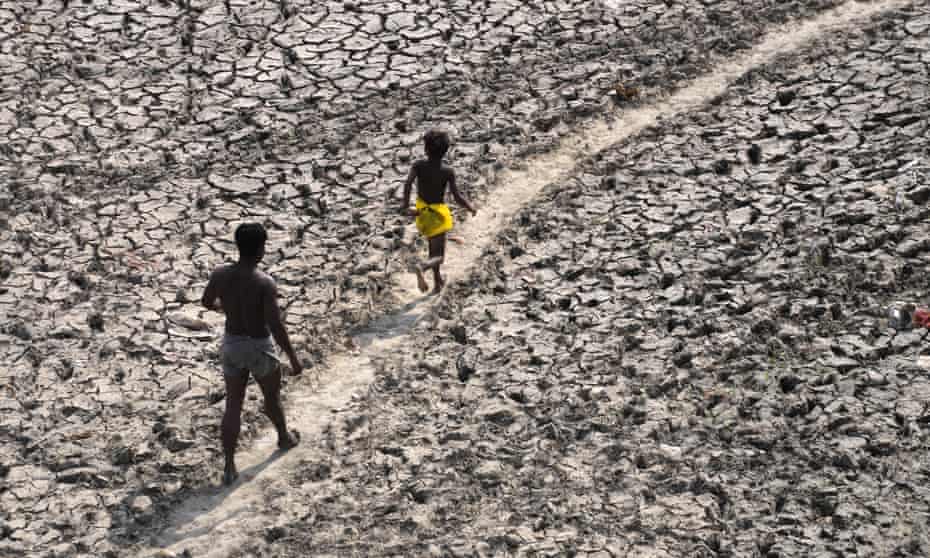Extract from The Guardian
CO2 has not been so high since before hominids walked upright – and are not dropping fast enough to avert catastrophe.

Tue 7 Jun 2022 02.37 AEST
Last modified on Tue 7 Jun 2022 03.32 AESTThe latest measurements showing the relentless upward march of CO2 follows scientists’ new warning that the world may still barrel into disastrous climate change even if planet-heating emissions are drastically cut, which governments are still failing to achieve.
“It’s depressing that we’ve lacked the collective will power to slow the relentless rise in CO2,” said Ralph Keeling, a geochemist who runs CO2 measurements for the Scripps Institution of Oceanography in Hawaii. “Fossil-fuel use may no longer be accelerating, but we are still racing at top speed towards a global catastrophe.”
In May, the Mauna Loa Observatory, perched high on the slopes of a volcano on Hawaii’s Big Island, measured a CO2 concentration of 421 parts per million, just the latest escalation in an inexorable rise in CO2 due to the burning of fossil fuels and deforestation.
Before the Industrial Revolution, the Earth’s CO2 levels were about 280ppm for almost 6,000 years, providing a stable basis for the advance of human civilization. Since then, however, humans have released about 1.5tn tons of CO2, enough to warm the planet for hundreds or thousands of years to come.
“Carbon dioxide is at levels our species has never experienced before,” said Pieter Tans, senior scientist at Noaa’s global monitoring laboratory. “We have known about this for half a century, and have failed to do anything meaningful about it. What’s it going to take for us to wake up?”
The last time CO2 levels were this high was in an era before hominids walked upright, a time called the Pliocene, about 4.1m years ago, when concentrations reached around 400ppm. The world was then radically different from how we know it now, with forests in the Arctic and sea levels five to 25 meters higher than today, which would be enough to drown many of the world’s largest cities.
The epochal change in our atmosphere, due to the burning of coal, oil and gas to power our cars, trucks, houses and factories, has already caused severe heatwaves and worsening floods, droughts and storms. These impacts will become catastrophic should global heating advance further, beyond 1.5C above the pre-industrial era, scientists say.
This limit, which was agreed to by the world’s governments in the 2015 Paris climate pact, is now increasingly likely to be breached in the coming decades. A new research paper has found that the lingering effect of past emissions means there is a 42% chance the 1.5C limit will be passed even if emissions are halted immediately.
The new study, which looks at the ongoing impact of CO2 as well as methane, nitrogen oxide and aerosols, like sulfur or soot, found that there is a two-thirds chance of temporarily going above 1.5C if emissions cuts are left until 2029. Scientists have said global emissions must be slashed in half this decade, and zeroed out by 2050, if the world is to have a chance of avoiding dire climate consequences.
Despite this, emissions, which dipped during 2020 as Covid-related restrictions kicked in, surged again last year and show no sign of the steep drop needed to avoid severe impacts. “Our study found that in all cases, we are committed by past emissions to reaching peak temperatures about five to 10 years before we experience them,” said Kyle Armour, a climate scientist at the University of Washington and a report co-author.
Michelle Dvorack, a University of Washington doctoral student in oceanography, who led the research, published in Nature Climate Change, added: “Our findings make it all the more pressing that we need to rapidly reduce emissions.”
Bill Hare, chief executive of Climate Analytics, said that the world “appears to be sleepwalking to disaster. Governments appear to think taking more action is too hard.
“What will be more difficult is dealing with a three-degree world. Already this year we’ve seen horrific impacts, like the heatwave in India and Pakistan, and floods in the same region. This is just the beginning.”
No comments:
Post a Comment